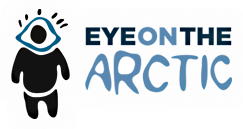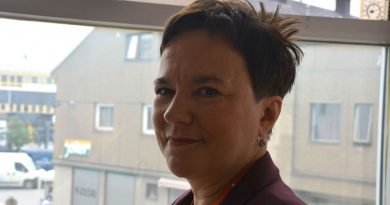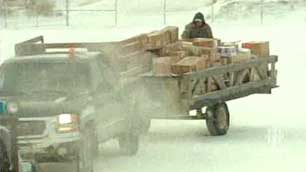Creating ‘big dreams’: Students on Ice marks 25 years
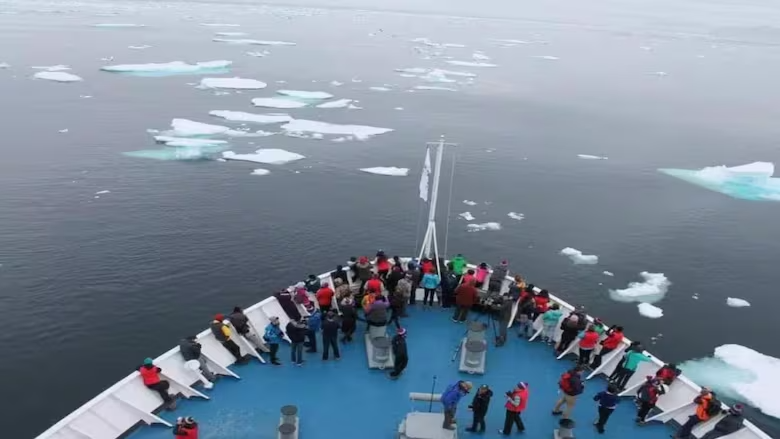
Founder says experiential education is priceless — and expeditions are about the bonds you make
Riley Adams-Lachance was brimming with excitement as she waited to board her first expedition from Nunavut to Kalaallit Nunaat (Land of the Greenlanders) with the Students on Ice Foundation.
“I can’t wait to see all the wildlife and ice caps and just how the land is formed up there,” the Rankin Inlet, Nunavut, resident said as she waited to board the ship on Wednesday.
For 25 years, the non-profit organization has taken countless young people — from 53 countries — to the Arctic and Antarctic. The expeditions bring together students, educators, scientists and elders for lessons about culture and the planet we live on.
Adams-Lachance has always been passionate about climate change and empowering youth, and an expedition with Students on Ice is an extension of that.
“I did a lot of hunting with my grandpa and family members. And I want my family and future generations to experience the same thing as I did … and I want more Inuit to experience that,” she said.

Mataya Gillis, a young Inuvialuit woman from Inuvik, N.W.T., still fondly remembers the picnic she had during her 2018 expedition in the middle of the Kangiqtualuk Uqquqti, formerly the Sam Ford Fjord, in the Qikiqtaaluk region of Baffin Island.
“It’s crazy that I’m sitting here in this National Geographic place — like, people pay millions of dollars to come see this. And I’m sitting here having a meal with my friends,” she said.
An eye-opening moment for her was hearing other Inuit from Nunavik, Nunavut, Nunatsiavut and Greenland, all speaking their own languages.
“I cried. I felt guilt and shame for not being able to speak my language. And our language (Inuvialuktun) is really close to extinction,” she said.
“My grandma’s been taking language classes, so my dream is that she’ll learn and then be able to teach me … I definitely have wanted to learn more from that [expedition] because I had never seen people my age speak their language.”

Inspiring big dreams
Geoff Green says when he started Students on Ice 25 years ago, these types of expeditions were largely relegated to scientists, researchers and tourists.
“I just thought, imagine if we could give that experience to youth at the beginning of their life and how that could potentially define their futures, change their perspectives, connect them to nature in a way that is so desperately needed,” he said.
He got a few key people on board to help him bring his vision to life — including now Gov.-Gen. Mary Simon and the late Dr. Fred Roots. In December 2000, Students on Ice brought its first cohort of participants to Antarctica.
He believes these “experiential education” opportunities are priceless, and participants have gone on to have great success.
“It’s from small stuff … where students are just inspired to finish high school or live with more purpose … to big dreams. Writing books, going off to school, starting organizations, becoming experts in whatever career they choose,” he said.
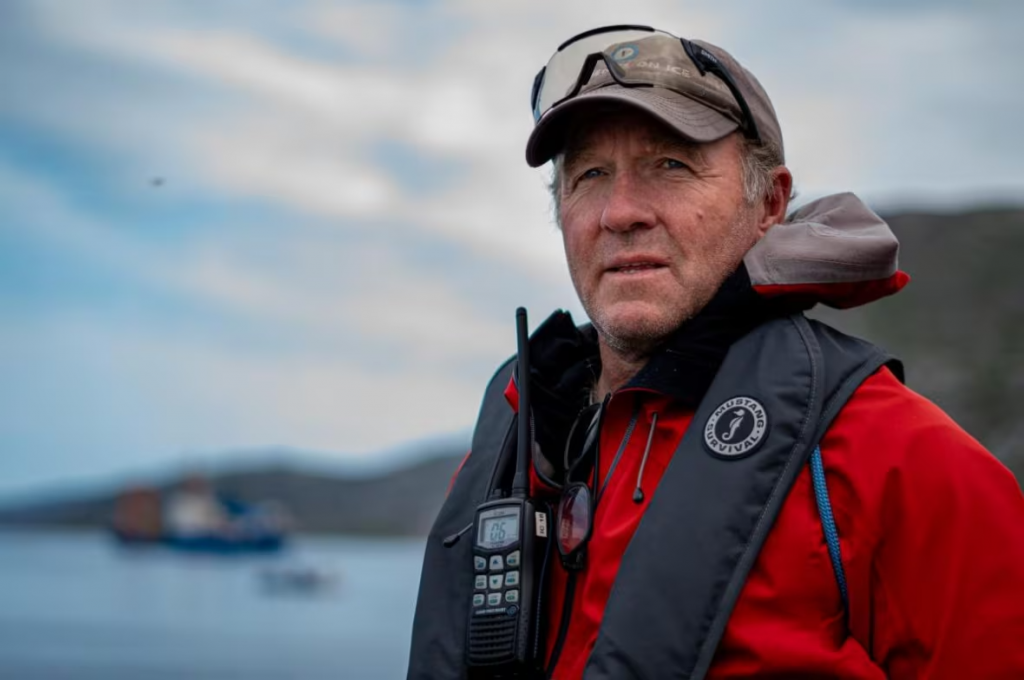
These days, Kata Kuhnert works as a climate researcher in Inuvik. She still vividly remembers her trip in 2018, where she got to see Greenland’s ice sheet. She watched, in awe, the beauty of this planet, but also the effects of climate change in another part of the circumpolar world.
The beauty of these expeditions, she says, is the intersection of western science and Inuit-led governance.
“To experience one of two ice sheets on the planet, and to feel the water, to witness that location, to see the site of a manifestation of planetary change … that I think is also one of those things that I would never forget,” she said.
Lifelong connections
A lasting impact from the expeditions is the connections made on board.
Gillis says the experience has broadened her network and opened up new opportunities for her, like being a co-author on a research paper at the age of 17. Above all, she’s grateful for the lifelong friends she’s met along the way.
Kuhnert believes these experiences help unite people across the circumpolar world — and that’s incredibly important as northerners navigate a changing physical and geopolitical climate.
“It makes the North feel interconnected in a way that it always has been. And there are some artificial divisions that have been put in place like colonial borders that make it difficult to feel kinship and connection between different areas, but having those interpersonal experiences makes it easier to feel connected to people,” she said.
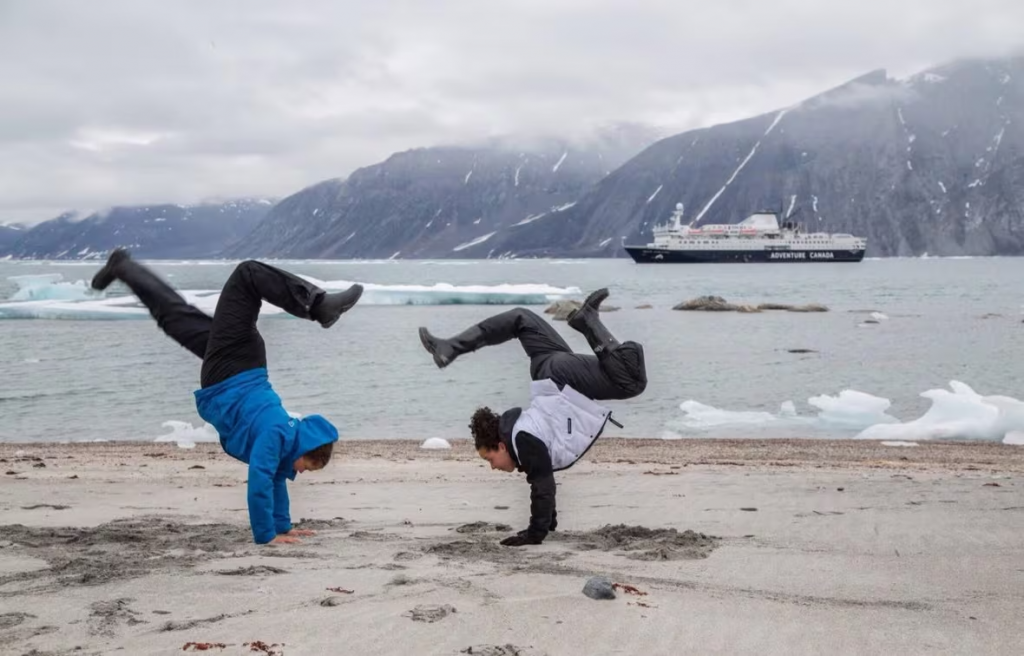
She adds that strong connections across Inuit Nunangat are a strength she sees in the culture, which she has deep respect for.
“From hunting to international diplomacy, it’s evident at every level. So that will always humble me within my own community,” she said.
Making experiential education more accessible
Green, the founder of Students on Ice, wants to see more forms of experiential learning in the school system — and you don’t have to go to the ends of the Earth for it.
“Even where I’m sitting right, now near the Gatineau Park, is a great outdoor classroom and an incredible place for experiential education,” he said.
He still sees a place for organizations like his to offer some of those opportunities through scholarships — which is contingent on funding.
Adams-Lachance believes that participants like herself can have a role in creating awareness about these programs.
“Coming from a small community, I know that a lot of Inuit children are shy and don’t really reach out that much. So maybe [having] people from their hometowns being able to talk about their experiences and passion, passing that knowledge down would be really great,” she said.
Related stories from around the North:
Canada: Indigenous youth from across Canada attend clean energy conference in Whitehorse, CBC News
Finland: Connection to nature, concern for environment amongst results of Sami youth survey, Eye on the Arctic
Norway: Creating youth links key to driving Canadian-Norwegian cooperation, conference hears, Eye on the Arctic
